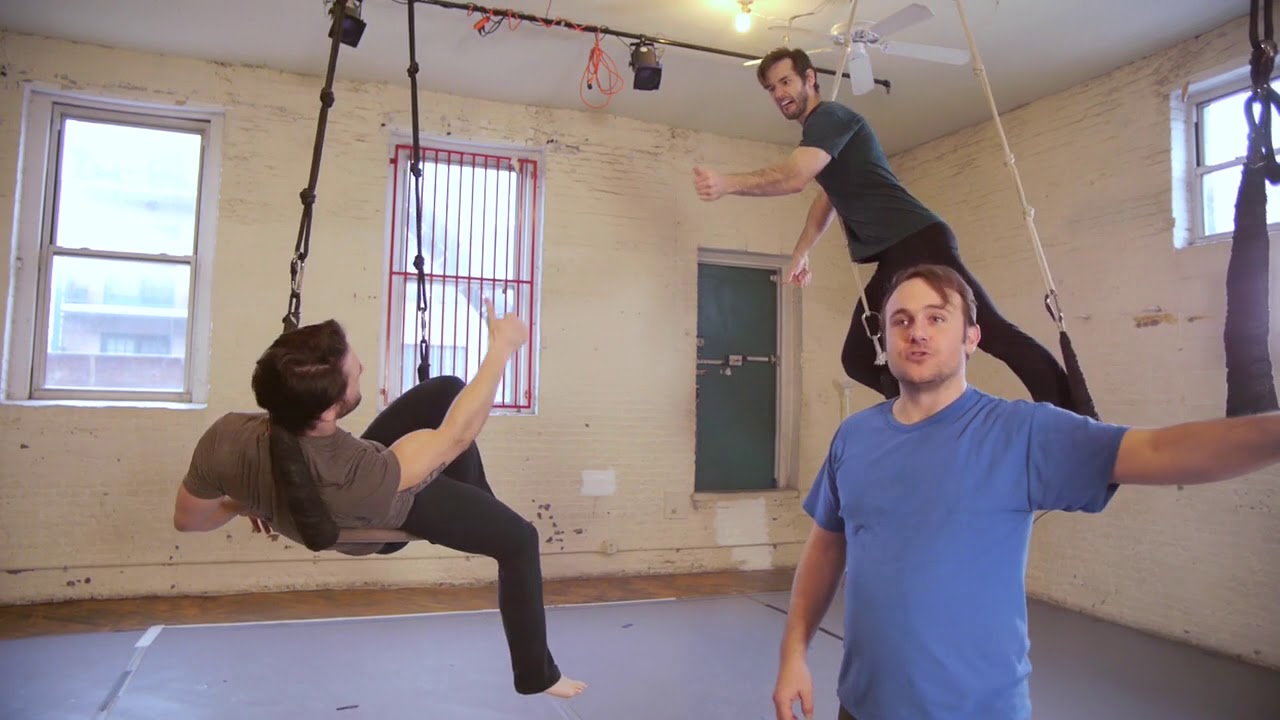I know something you don't know!
In Act III, scene IV of Hamlet, Polonius (whom my 12th grade English teacher characterized as suffering from “verbal diarrhea”) hides silently behind a tapestry as Queen Gertrude confronts her son, the title Prince, about his erratic behavior. Poor Polonius would have been better off identifying himself for, when he stirs, Hamlet mistakes him for the stepfather he loathes, stabs his sword through the fabric, and kills him. The audience knows right away what Hamlet has done, but he doesn’t discover the error of his bloody deed until he pulls back the arras and sees Polonius’ body.
This is an excellent example of dramatic irony: a situation in which the audience knows more contextual information about a scene than the characters do. Shakespeare was a big fan of this narrative device and employed it frequently. See the tragic ending of Romeo and Juliet, the separated sets of twins in Comedy of Errors, or every time someone cross-dresses. Dramatic irony allows the audience to stay a step or two ahead of the characters and usually results in a big reveal. If the playwright does a good job, it increases the level of tension and, even though you know what’s coming, it still packs a wallop.
Although a handful of contemporary plays use dramatic irony — Craig Lucas’ Prelude to a Kiss comes to mind — it was certainly more popular back in the day. Beyond the Bard, there’s Ibsen’s A Doll’s House (we know Nora borrowed money by forging her father’s signature), Arthur Miller’s The Crucible (Elizabeth lying under oath about her husband’s affair when he previously admitted it), and Sophocles’ Oedipus Rex (dude, you married your mom!). Like we said, when done right, dramatic irony is, well, pretty darn dramatic!
— Raven Snook
This video was created by TDF and The Assembly.

